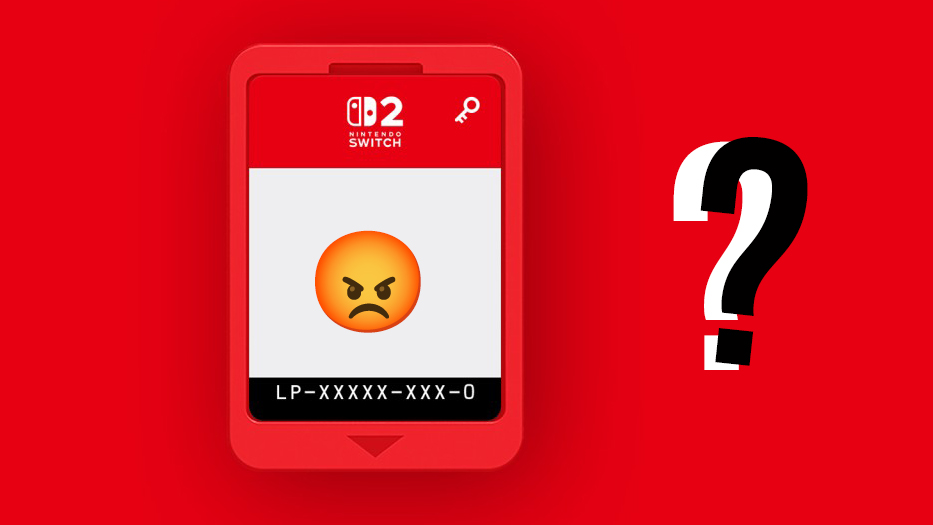Design's gender problem, and what you can do about it
We explore how you can address gender inequality in design.
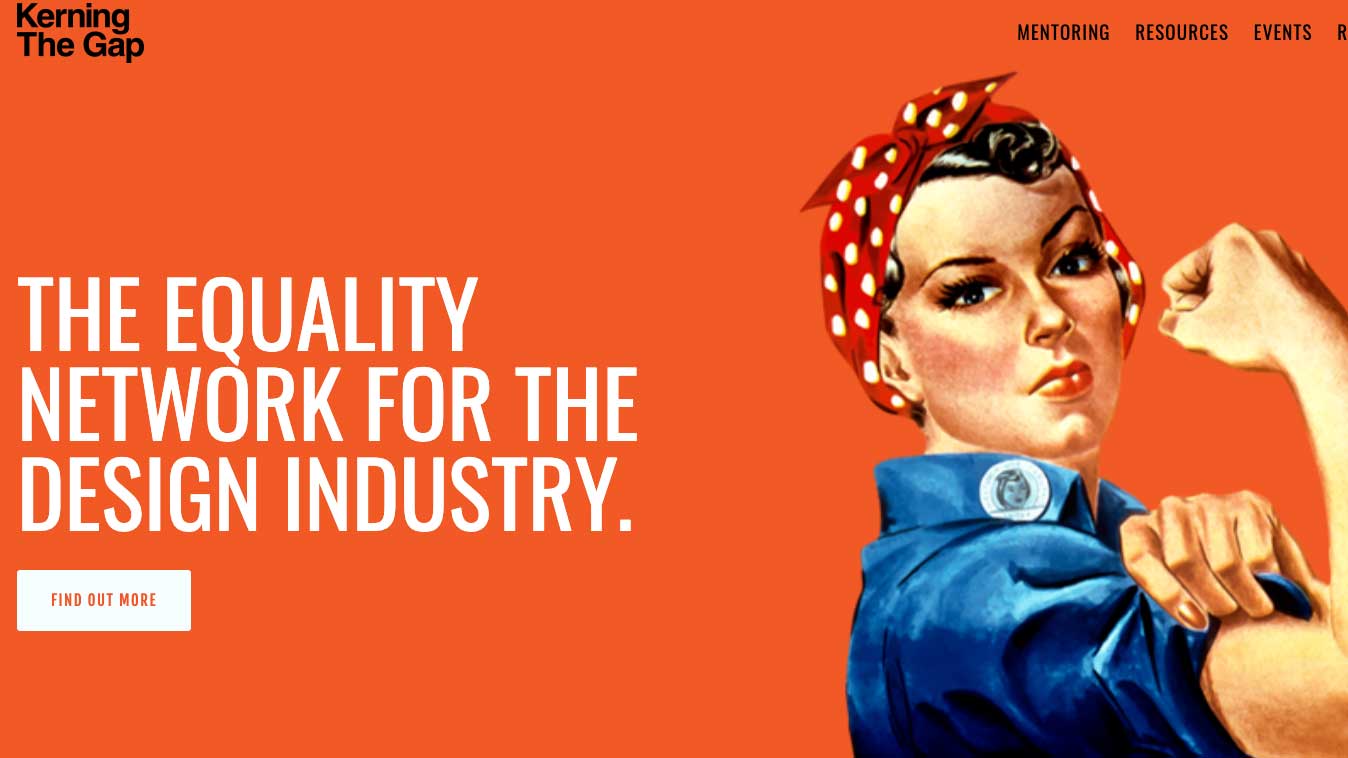
International Women's Day reminds us all of the gender inequality that affects many of us every day. And if you think that design is immune from such biases, you'd be wrong. According to Creative Equals, only 17 per cent of creative directors are female. But unlike some other industries, design doesn't have a problem attracting women – approximately 60 per cent of junior designers are female. This suggests there's a problem within the industry – in retaining, promoting and nurturing female designers.
But is this really what's going on? How do such statistics affect those working in the industry? What impact do they have on design thinking, and subsequently, the work created? After all, it's no secret that sexist ad campaigns still exist. And perhaps most importantly, what can be done? We spoke to a range of creatives to get under the skin of the issue and find out what practical measures we can all take to challenge the status quo.
The 'baby question'
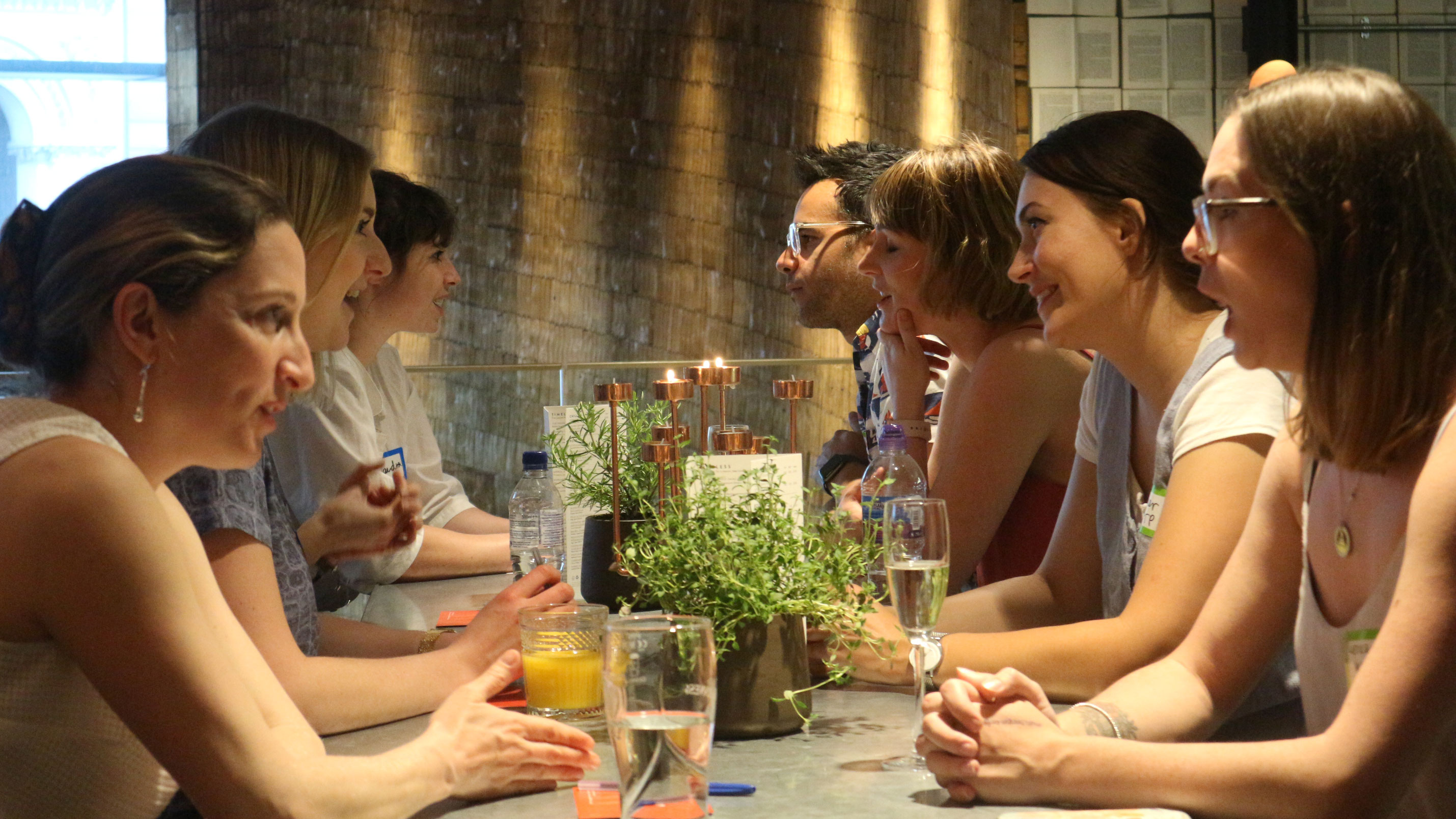
When trying to understand gender inequality in the workplace, it’s very easy to blame one thing. “We need to move on from ‘women are leaving to have babies’,” said Nat Maher, founder of collective Kerning The Gap, when we spoke to her back in 2019. "First of all, 70 per cent of graduates are women but 11 per cent of creative directors are female, so there aren’t enough babies to account for that being the only reason."
And when we focus so much on the ‘baby question’, Maher adds, we forget to look at what else might be going on. The design industry itself seems to pose problems for women – although of course, everyone’s experience is different.
“Unlike many sectors, creative careers are subject to how well you network or achieve within the – very biased – system,” explains Ali Hanan, creative director and founder of diversity championing organisation Creative Equals. “It depends on what account you’re put on, if you have the chance to pitch, if your work is put forward for awards, if you’re given the right kind of training, whether you have the same kind of feedback as your male colleagues, if your portfolio is given the chance to develop equally – you don’t just get put on the ‘pink’ brands – and so on.”
It’s a culture created around the assumption that you don’t have anything else going on in your life
Marei Wollersberger
The working hours can also be problematic. “It’s common for people to stay in the office until eight or nine o’clock, or even later, often at short notice,” says Marei Wollersberger, co-founder and managing director of design agency Normally. “That’s difficult to sustain if you have other responsibilities. It’s a culture created around the assumption that you don’t have anything else going on in your life.
”What most of the statistics don’t tell us, adds Maher, is what’s going on with those who aren’t in full-time employment. What about the part-timers or freelancers? And what about the gender pay gap in smaller businesses that aren’t legally obliged to publish their numbers? “We’re a micro industry. Ninety per cent of our businesses have 10 or fewer people in them,” she says. “That means we don’t have HR departments, most of us are founder owned and led by men.”
Get the Creative Bloq Newsletter
Daily design news, reviews, how-tos and more, as picked by the editors.
Of course, she continues, just because an agency is run by men, doesn’t mean they’re not switched on to supporting diversity. “But we employ and recruit in our reflection by default, so businesses led by men are drawn to have men in senior positions, and they become more senior, and they sometimes take over or set up businesses themselves, and the situation self-perpetuates.”
Creative networks
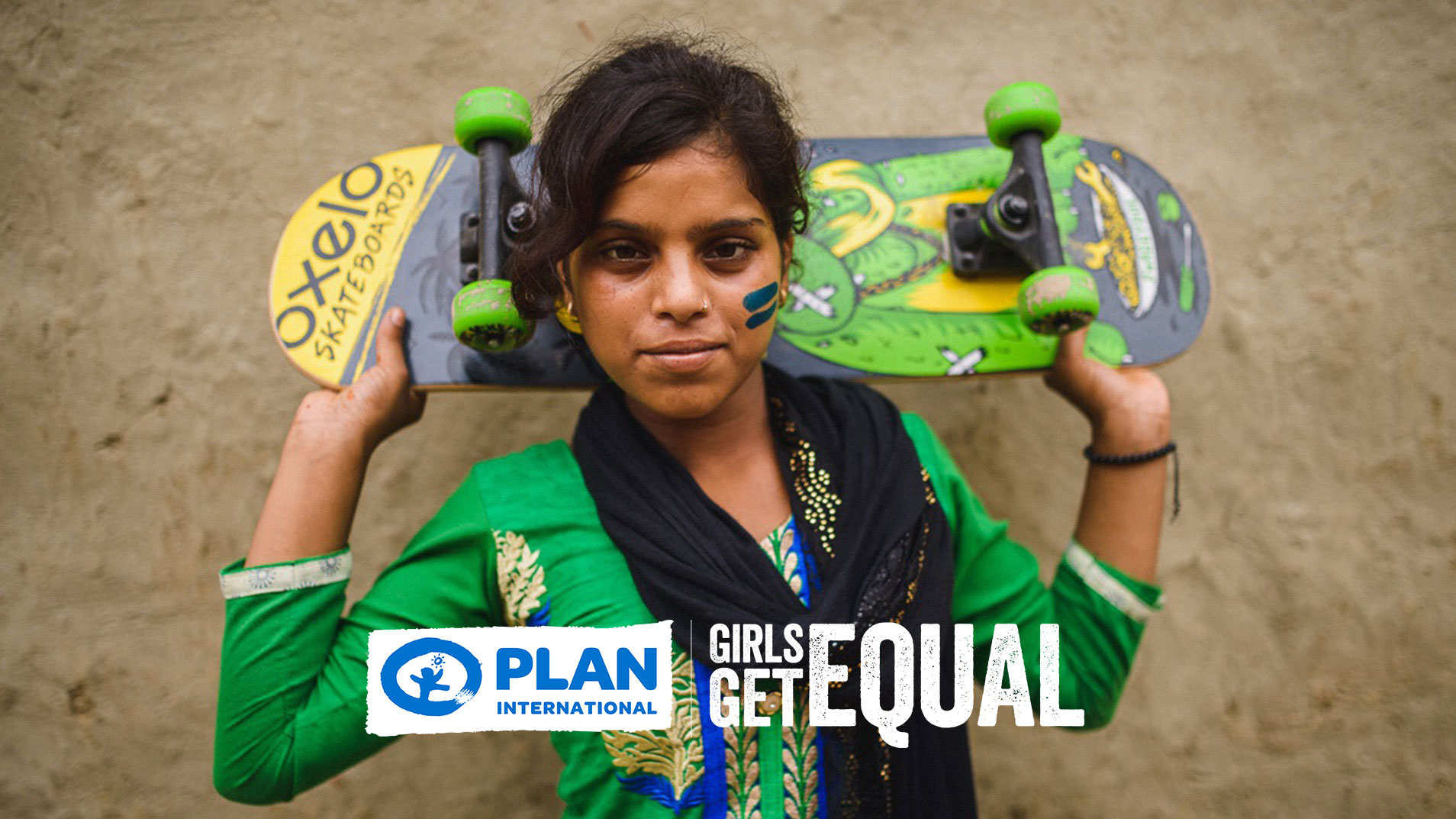
The good news is there are plenty of people campaigning for change. Fed up of being the only two women invited to speak at events, chief creative officer of Mr President, Laura Jordan Bambach, and Ale Lariu, brand experience consultant, set up creative network SheSays in 2007. SheSays focuses on the engagement, education and advancement of women in the creative industries, because, as Jordan Bambach puts it, “you can’t be what you can’t see”. It runs various events, including mentoring, coaching sessions and portfolio reviews, and is now active in over 40 cities around the world.
“We’ve focused on what can we do with women to make their work better and make them more successful in the workplace,” explains Jordan Bambach. “If you’re unsure of something and you feel uncomfortable asking about it at work, you can come to one of our events and find out all about it, and then go back to the office and absolutely smash it.
Every conversation that I have around gender balance is about women’s confidence, or lack thereof, and the belief in what they’re capable of
Natalie Maher
”It’s working, too. “I know so many women who got their first job through SheSays or have grown through the company ranks because of attending a SheSays event and how confident it’s made them,” says Jordan Bambach.
Issues of confidence crop up again and again in this debate. "Every conversation that I have around gender balance is about women’s confidence, or lack thereof, and the belief in what they’re capable of," says Maher. Like SheSays, Maher’s collective Kerning the Gap focuses on practical ways to get more women in leadership in the design industry, including by building confidence. "That’s not to say that every woman should want to or have to be a leader, but on the journey of solving the challenges of why we don’t have more, we’ll make the lives of every woman better in the design industry," she explains.
Kerning the Gap runs events and mentoring across the UK, and one of its core propositions is to involve men in the conversation. "Men are invited to everything, and we have men on our mentoring program," explains Maher, adding that although men cannot be mentees, they often learn a lot about the difficulties women face through reverse mentoring.
Why haven’t these conversations happened previously? “There’s been no language around it, so there’s been no way to talk about it without it feeling like it was an attack,” says Maher. “And now there are so many other opportunities for men to understand the challenges that women experience, they’re developing new empathy and sympathy for it. Our current debate is more ‘what can I do to help?’ as opposed to ‘I don’t see why there’s a problem’.”
Challenging gender norms
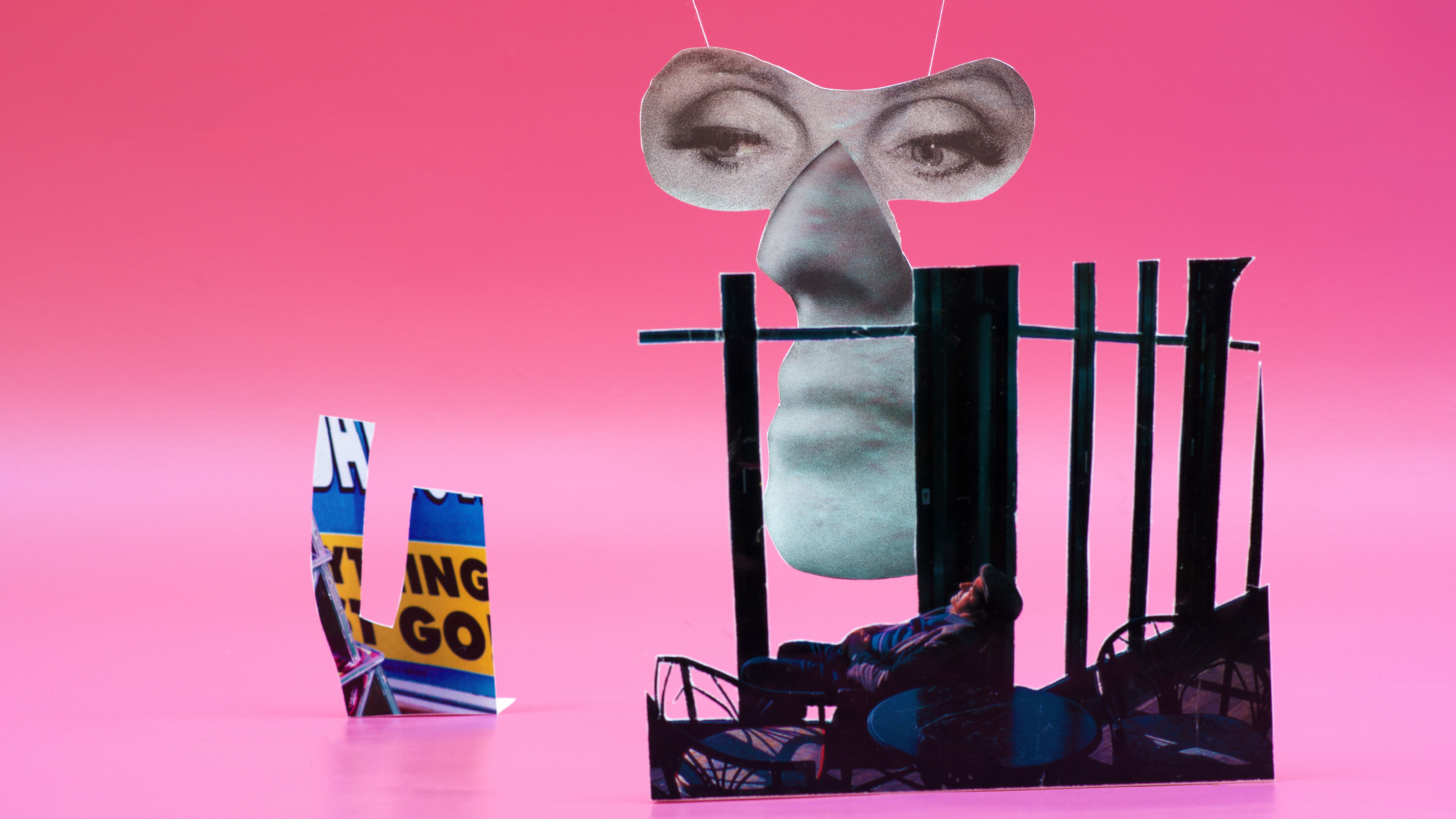
In response to the toxic masculinity he witnessed at university, and the effect it had on his mental health, Alex Evans began fashion and design brand Flower Up. “The term ‘flower it up’, asks an overly aggressive masculine male to chill out and get in touch with his sensitive or so-called feminine side,” he explains. Flower Up isn’t seeking social change, but it applies the concept of ‘flowering it up’ to challenge gender stereotypes. Through its work with Terra Firma Records it’s been able to poke fun at and “highlight the overtly masculine aesthetics” of the scene. Flower Up’s designs have meant the label is now “resonating with a wider audience” – including more females.
Of course, Evans isn’t alone in addressing gender imbalances and disrupting stereotypes through his work. “I don’t think I’ve received a female portfolio this past 12 months that doesn’t touch on gender equality,” says Katie Cadwell, of when she worked as a designer at Supple Studio (she's now at DesignStudio).
Sara Andreasson and Amber Vittoria are just two of many illustrators depicting femininity and womanhood, while illustrators such as Tianju Duan are providing different takes on what it means to be male, and others such as Wednesday Holmes are exploring the queer/non-binary experience through their artwork.
Changing studio culture
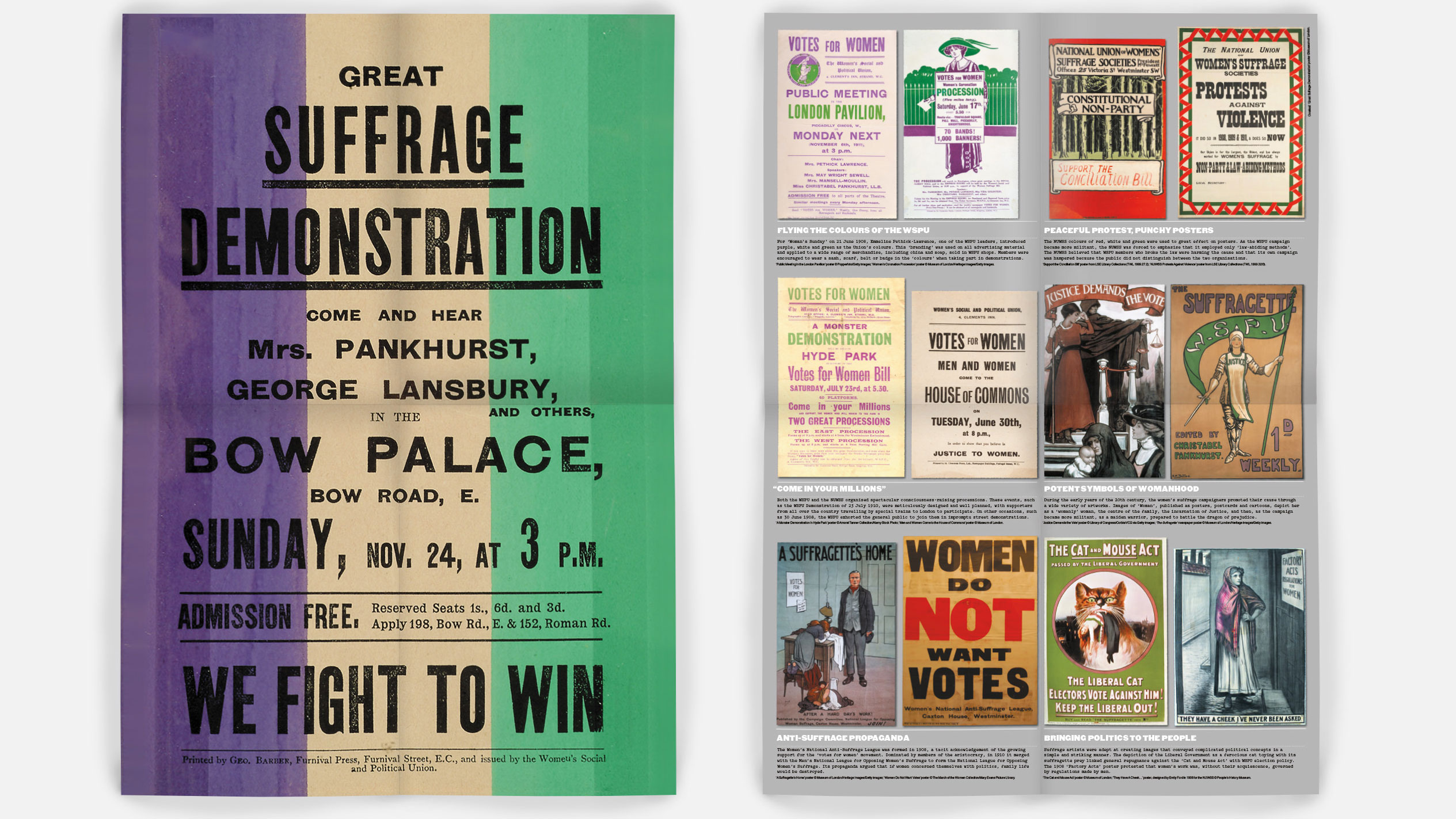
If we are to achieve gender parity in the design industry, then we need to make changes in our structures, and for many, that means studios and their cultures. While working long hours is often seen as part and parcel of agency life, Wollersberger believes that such expectations often affect women disproportionately.
"In our society, women tend to be given the added responsibilities – looking after ailing parents, or children, and running the life admin stuff – so this culture tends to impact them more,” she explains. "Also, women are less considered for roles because of the belief that these jobs require longer working hours, and there’s an assumption that they’re not up to it."
To combat this, everyone at London agency Normally works four days instead of five. "There is no emailing, no excuses and no exceptions in terms of saying, ‘this week we’ll work five days’,” explains Wollersberger. “We started the four-day week because we saw a lot of waste in what we did – producing work that wasn’t necessary, being there when our presence wasn’t required, and we thought that presence took away our reflection time and made us unproductive.”
Does it work? According to Wollersberger, the studio has seen huge positives in terms of the quality of its work, and the team have all seen benefits in their home lives. “We also have an extremely low churn rate – very few people leave. This is often a gender-related thing, because companies usually find it hard to recruit and maintain women in their teams,” she says.
The gender pay gap
Normally has also taken steps to eliminate its gender pay gap. "Before, we had a traditional process based on past salaries. But we realised there was a big difference in terms of what people were asking for – the difference mainly being that women and introverts were asking for a lot less," she recalls. Recognising that the management team was biased, Normally developed an algorithm to calculate salaries, which takes into account experience and nothing else. "It’s been brilliant," enthuses Wollersberger. “It’s totally transparent and has blown away the sense of people being treated unfairly.”
According to Wollersberger, making changes such as the four-day week and the salary calculator algorithm are “good first steps” to addressing the bias towards male culture in design. “This is a systematic bias rather than one reflecting people’s own beliefs,” she points out, “so we need to be as creative with our response as we are in our work projects. Be resourceful, think about how we can design the way we work.”
Supporting parents
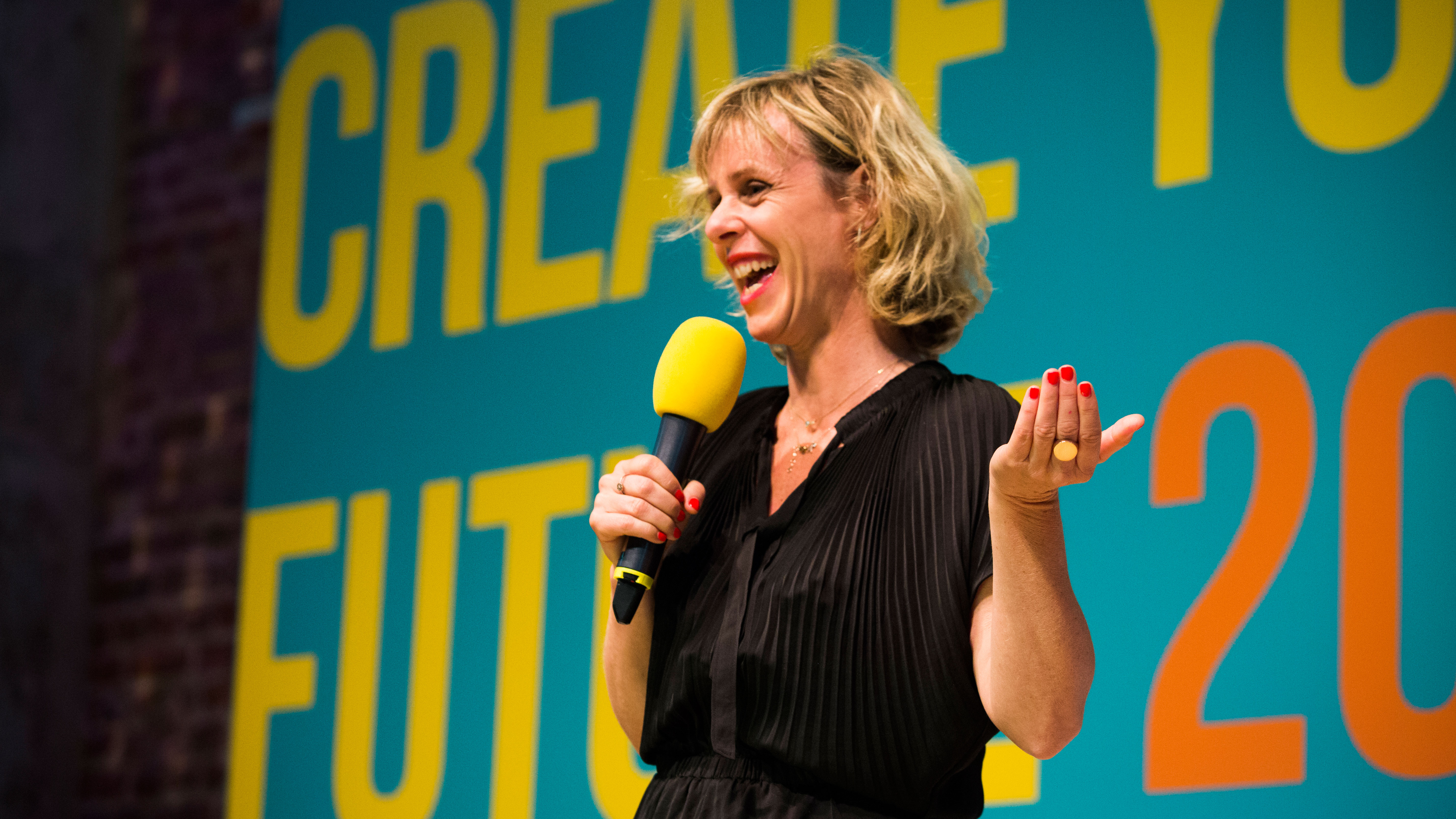
The way parents are treated in the workplace may form part of this bias, and Maher believes that if we saw parenting as more of a “team sport” rather than a job for women, we’d all benefit. “Once you ask, ‘how are we supporting not just the women in our businesses, but how are we supporting the men and the parents?’, it then becomes all about responsibilities and pressures outside of work.”
You also need to be careful, says Maher, that by looking after parents, you’re not expecting more of those who don’t have children. “Just because those without children can work until eight o’clock in the evening, doesn’t mean that it’s acceptable for them to do that,” she warns.
There needs to be equality in terms of allowing people backup
Laura Jordan Bambach
For Jordan Bambach, it’s about levelling the playing field. “There needs to be equality in terms of allowing people backup,” she says. “Whether it’s paternity leave, or having equal parental leave, and equal pay – these things are so important because they get rid of this idea that childcare is a woman’s problem.”
When Jordan Bambach came back to work after having her son, she found that the industry had changed: after just nine months, the ad format terminology was different. “People were talking about these things, and I had no idea what they were, and I was too embarrassed to ask ’cos I was the boss and I should know,” she recalls. “And that experience was uncomfortable.”
Jordan Bambach had to scour the internet for help, but initiatives like SheSays and Creative Equals are now running programmes to get women up to speed on industry trends. Creative Equals runs courses in London, New York and India that, as Hanan explains, “aim to build bridges back to work for women who have been out of the industry for all sorts of reasons – illness, parenthood, caring breaks and so on, and help them gain the tools and skills they need for today’s marketplace.” The programme has partnered with agencies that offer flexible working, such as the BBC, AMVBBDO, Toaster and LEGO, to run live briefs, as well as paid-placements following the course.
Aiming for inclusivity
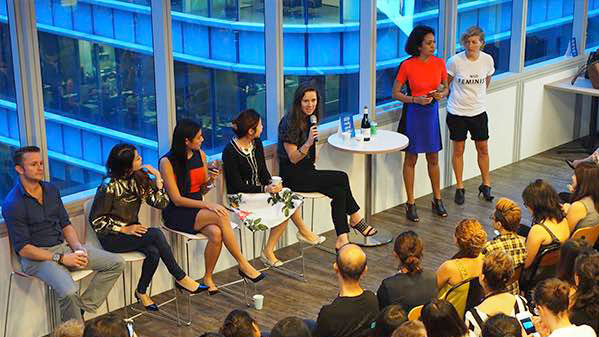
Like notions of gender itself, inequality in the industry is complex and often multi-layered. To help studios navigate these layers, Creative Equals launched the Equality Standard – a recognised kitemark that give companies a diversity and inclusion review, rating and action plan. "The standards look at all aspects of diversity – gender, race, LGBTQI, education, faith, age, disability, neurodiversity – and examine company policies and practices, top to bottom, in and out,” explains Hanan.
"The reaction has been overwhelmingly positive,” she adds. "However, the Equality Standard is hard to gain – and most companies fail the first time. Becoming an accredited company takes courage, time and commitment. So the Gold standard shows you deserve it."
Fifty-fifty isn’t the goal and gender inequality isn’t the only important thing
Rosh Govindaraj
As Rosh Govindaraj, founder and lead designer of Issara bags, points out, inclusivity is beneficial not just for the people in the industry, but for the work created too. “Representation is important, and we need a balance of gender, age, ethnicity, and other factors – not just for ‘fairness’ but to ensure that we design solutions that will meet the needs of all kinds of people,” she says.
“Fifty-fifty isn’t the goal and gender inequality isn’t the only important thing,” she continues. “I think the goal should be to design with inclusivity in mind – try to think from the mindset of all those different people who might be interested in using your products and come up with solutions that will improve their experience.” Cadwell agrees. “The more eyes and the more points of view the better, so the more diverse and differing the characters in the studio, the stronger our output will be.”
And what about those who don’t fit into stereotypical categories of gender? “If I think about what things were like when I was in my 20s, the conversation has moved on phenomenally, and that’s great,” says Jordan Bambach. In terms of what that means for design, Jordan Bambach believes it’s about people feeling safe and supported. “People should be allowed to be their authentic selves at work,” she says. “That’s super-important, whatever gender you are, whatever sexuality you are, whatever religion you are, you need to feel safe to be yourself at work.”
More inclusive boards perform better financially, more inclusive creative teams have better ideas, and create more inclusive design
Laura Jordan Bambach
Being an inclusive workplace is also good for business. “There’s a huge amount of research showing that more inclusive boards perform better financially, more inclusive creative teams have better ideas, and create more inclusive design,” explains Jordan Bambach. “It’s an inequality issue, but it’s also business issue. I think the more that’s taken on, the quicker things will change.”
Wollersberger believes we need to change workplace culture to keep up with the times. “It’s not about women and men necessarily, but recognising that skills such as listening, empathy and collaboration are growing in importance in the design industry due to the need to work across disciplines. Old-fashioned authoritarian behaviour no longer helps us to solve problems.”
How likely are we to see real change in the industry? “We’re going in the right direction,” sums up Jordan Bambach, “but it’s not going to happen fast enough unless everyone takes responsibility… It’s not a women’s problem that women should be solving, it’s a cultural problem that culture should be solving.”
This article originally appeared in a 2019 issue of Computer Arts magazine.
Related articles:

Thank you for reading 5 articles this month* Join now for unlimited access
Enjoy your first month for just £1 / $1 / €1
*Read 5 free articles per month without a subscription

Join now for unlimited access
Try first month for just £1 / $1 / €1
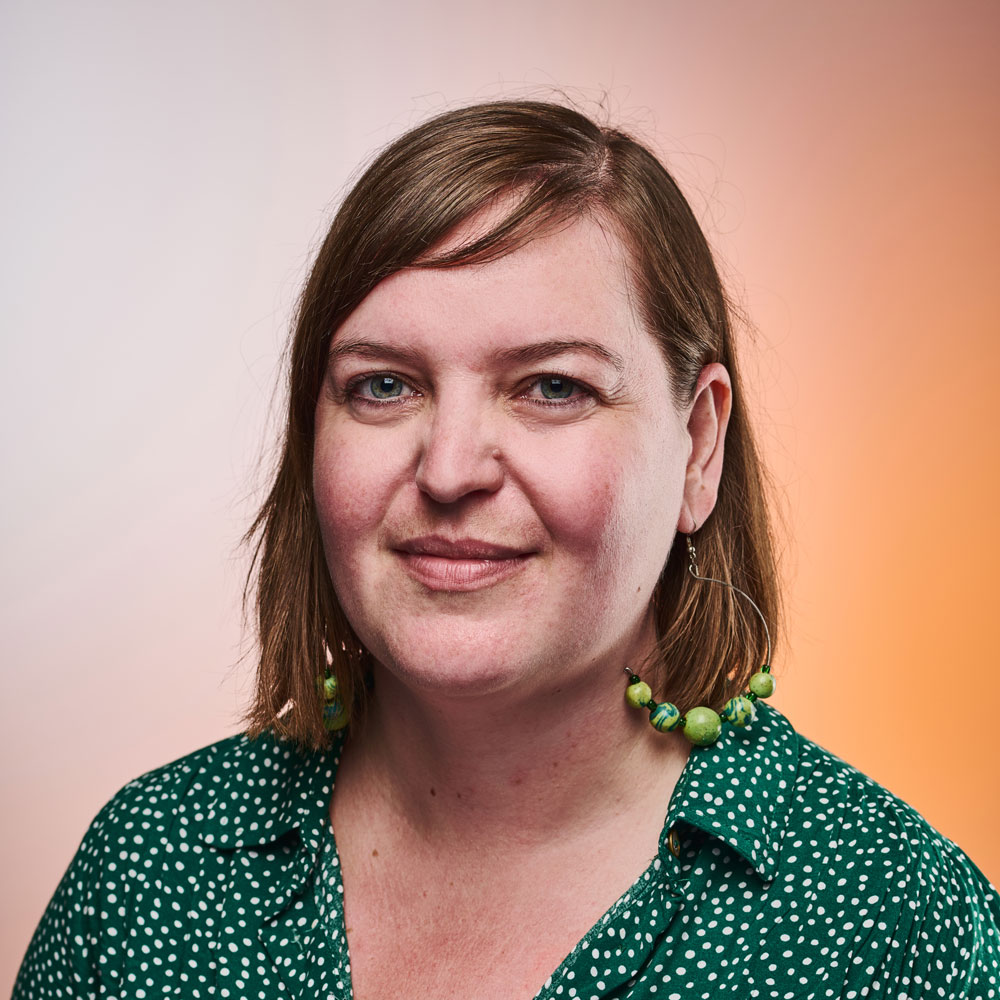
Rosie Hilder is Creative Bloq's Deputy Editor. After beginning her career in journalism in Argentina – where she worked as Deputy Editor of Time Out Buenos Aires – she moved back to the UK and joined Future Plc in 2016. Since then, she's worked as Operations Editor on magazines including Computer Arts, 3D World and Paint & Draw and Mac|Life. In 2018, she joined Creative Bloq, where she now assists with the daily management of the site, including growing the site's reach, getting involved in events, such as judging the Brand Impact Awards, and helping make sure our content serves the reader as best it can.
